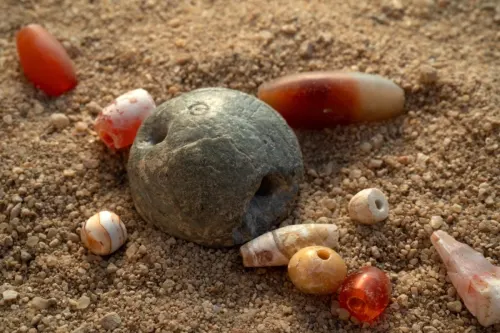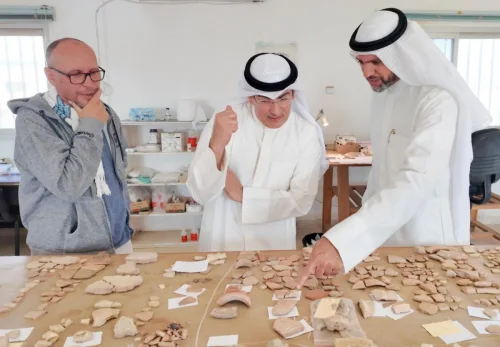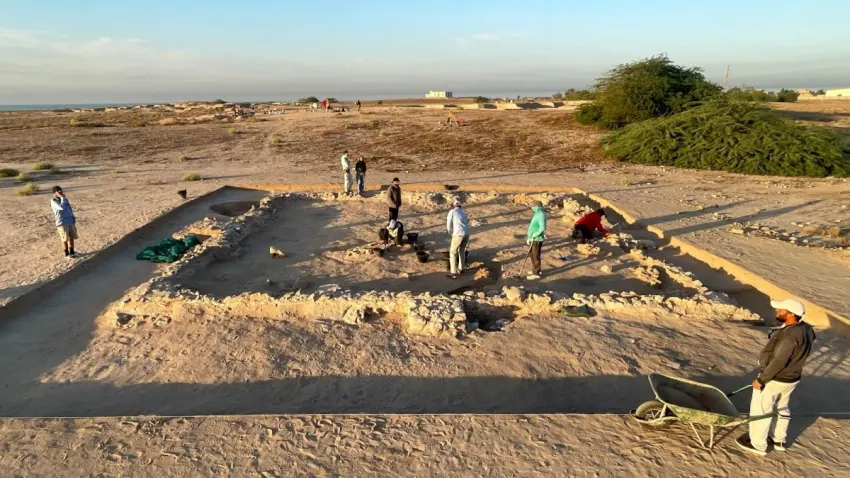09/11/2024
09/11/2024



KUWAIT CITY, Nov 9: A joint Danish-Kuwaiti excavation team, led by the Mosgard Museum, has announced the discovery of a Bronze Age temple on Failika Island, dating back to the early Dilmun civilization. The find, located east of the previously discovered "Palace" and "Dilmun Temple," adds significant new insights into the region's ancient past.
Mohamed bin Raza, Assistant Secretary-General for the Archaeological and Museums Sector at the National Council for Culture, Arts, and Literature, emphasized the importance of the discovery. He highlighted that the semi-complete design of the temple provides fresh evidence of human settlement on Failaka Island some 4,000 years ago. This discovery not only enriches our understanding of the Dilmun civilization but also underscores Failaka Island's pivotal cultural, commercial, and social role in the Arabian Gulf.
Dr. Stephen Larsen, head of the Danish delegation, elaborated on the discovery, noting that the temple measures 11 x 11 meters and contains several altars. The artifacts uncovered, including stamps and pottery, confirm that the site dates to the Early Dilmun Culture Period, around 1900-1800 B.C. The temple's discovery offers invaluable insights into the religious practices of the Delmon Kingdom and its people. Excavations are expected to continue in the coming year, promising more revelations about this ancient civilization.
Dr. Hassan Ashkenani, Professor of Archaeology and Anthropology at Kuwait University, also lauded the discovery, calling it significant not only at the local level but across the Arabian Gulf. He noted that the presence of temples next to a large administrative building suggests the site was a major religious and administrative center, reflecting the growth and influence of the Dilmun Kingdom.
The National Council for Culture, Arts, and Literature continues to support archaeological missions across Kuwait, recognizing their vital role in preserving the nation's rich cultural heritage


